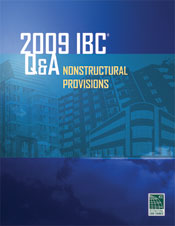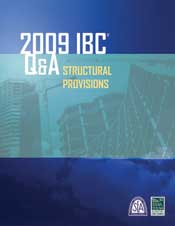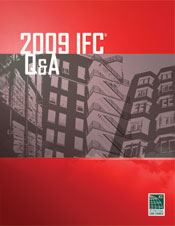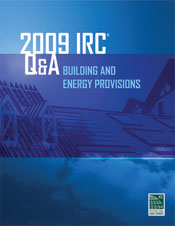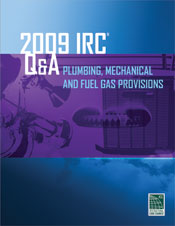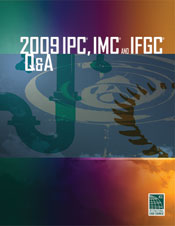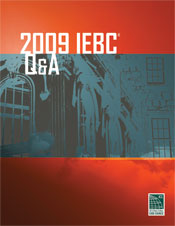
Several questions about Section 312 regarding tests and inspections in the 2009 International Plumbing Code (IPC) are raised and answered:
Q: Section 312.1 states that all plumbing system piping must be tested with either water or, for piping systems other than plastic, air. However Section 312.3 says that drainage and vents may be tested by air. It makes no mention of plastic or non-plastic pipe. It is my impression that Section 312.1 may supersede 312.3 and that only a water test can be performed on the drain or vent piping if it is plastic, but there is some disagreement locally about these testing requirements. Is testing with air permitted for plastic drainage and vent piping?
Q: Why is a gauge having increments of 2 psi required for test pressure greater than 100 psi? We are a commercial modular manufacturer and have been using gauges with 5 psi increments. These are typically smaller and easier to replace when damaged in the factory environment. We find that the smaller increment gauges are bigger, more expensive, and harder to locate. It follows that replacement would also be more costly.
Q: We have encountered some practical difficulties regarding testing plumbing systems in modular buildings. All plumbing within the modular sections are fully tested at the factory and in accordance with the IPC. However, when the modules are stacked, there is very limited space for the installer to make the drain piping connections between floors. There is a panel in the ceiling of each lower floor to gain access to these areas. Because there is basically only enough room to get a coupling on, adding a test fitting at this location is not feasible. Then, in order to perform the 10-foot head test, the plumber would have to stop all the fixtures and remove the water closets. This goes against the manufacturing process and defeats the purpose of factory-built structures. Since these connections are part of a vertical stack and not under pressure, would it be satisfactory to perform an operational test by running water down the drains from above and visually inspecting these connections?
Q: Section 312.2 requires a water test of the drainage system with at least a 10-foot head of water above all sections being tested. When tested in sections, does that require an additional 10 feet from the top of the vent with a test pipe and coupling?
Q: For the parts of an existing cast-iron drainage and vent system that have been replaced with PVC piping, are there any alternative test methods allowed in the IPC to test the drainage system other than the water test as prescribed in Section 312.2?
Click to get answers to these code questions and continue reading more on this excerpt from the 2009 IPC, IMC and IFGC Q&A.
Get expert answers to hundreds of the most frequently asked real-world questions. The 2009 Q&A series will assist engineers, architects, inspectors, fire and building officials, and plans examiners with finding answers to common code questions that arise during design, plan review, construction and daily code enforcement.
Features:
- many new questions and answers.
- detailed photos, tables and illustrations that provide a clear understanding of both the intent and meaning of the code text.
- the relevant code section printed before the question and answer for easy reference.
- discussion on a wide variety of topics including: accessibility, fire resistive construction, means of egress, building planning, foundations, fire protection systems, hazardous materials, plumbing and mechanical systems, prescriptive compliance method, determination of substantial damage, and much more.
